The last thing you want on a nice day of riding is to find out that your fluids are either no longer performing like they should, or that you don't have enough of them in your bike to do their jobs. If you don't already have a solid maintenance schedule set up where you're checking and changing out all three of these fluids on a regular basis, now is a great time to start.
If you just bought a bike on the used market and have no idea when any of these fluids were last changed, start out right and change them all. Then get a notebook or binder and start keeping a dated and detailed maintenance record. This will save you the hassle in the future. It could also help you make a little more money if you ever sell the bike later on. Complete service histories instill buyer confidence -- especially if you're selling an older or high-mileage bike. View all Victory & Indian motorcycle fluids here.
Check the Drive Belt:
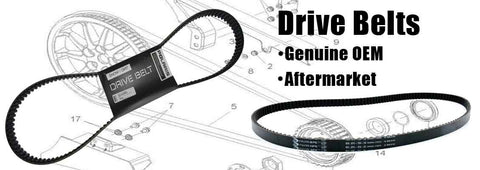
Spring is an excellent time to check your drive belt for cracks and general wear. The bike's service manual should have specific manufacturer instructions for what wear & tension is acceptable. It will also list how often you should expect to replace your drive belt. Any sign of cracks or uneven wear is unacceptable. You should replace any belt showing such damage as soon as possible.
Check Throttle, Clutch Cables & Lines:
Over time, clutch cables, throttle cables, lines & hoses can become damaged and cracked, which can lead to leaks. Even if you have nice braided stainless steel lines for your clutch and brakes, check to make sure all bolts are properly tightened. Better to find out you have a problem before you hit the road, have catastrophic problems, and have to get towed. Make sure to check your intake throttle body boot as well as vacuum lines. They are notorious for going bad on Victory models.
Engine Air Filter:
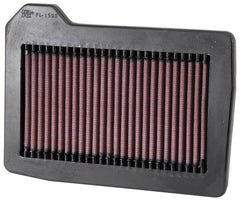
You've probably heard stories about cats climbing up inside cars to stay warm in the winter, right? Motorcycle air boxes are very inviting places for mice and other small animals to do the same thing. Actually, a bike air box is usually a better proposition for rodent tenants, considering that you probably won't be firing it up for months when it's cold. Check your air box for surprise small animal residents before you go out for your first ride. While you have it apart, now's a good time to either change or clean your air filter (depending on the type you have), too. View all filters here.
Fuel Injection System Cleaner:
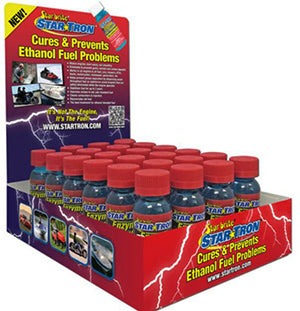
Hopefully you filled your gas tank before you put your bike away at the beginning of winter. (Why? A full tank leaves less room for condensation to build up, and less possibility of freezing water in your gas tank. It's good practice to help prevent rust. Even if you did that, though, your bike still sat idle for a few months. That means the fuel system may be gunked up simply from not being used. Get a bottle of your favorite fuel treatment such as Star Tron, and use it according to the instructions the first time you fire your engine up for the season. This is especially important if your baby is an older bike.
Inspect:

Check your frame (and fairings, if you have them). Tighten any loose screws nuts or bolts -- basically, look over every square inch of your bike. Check that things like your fork seals aren't cracked, and that your forks aren't weeping oil. Isn't your bike beautiful? Oh wait, what's that crack on the frame? Phew, it's just dirt. Better to know that now (and wipe it off) than to find out that it's a serious piece of damage that puts you in danger when you're going 70 mph.
Stock Up On Spares:
With today's economy and slow delivery times it might be a good idea to stock up on some of the maintenance items you may need. Better to have them now then have to wait weeks or months when its perfect riding weather.
On the Road Motorcycle Tool Kit:
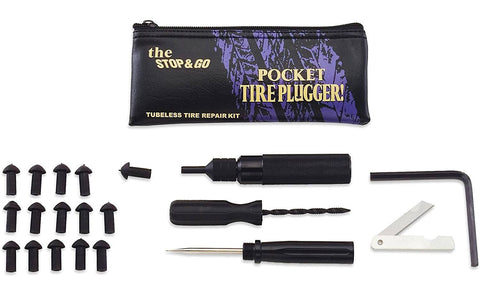
Depending on your particular level of DIY-ability, your tool kit might be as simple as a credit card, a AAA card, and your cell phone. On the opposite end of the spectrum, you might have an entire tool kit full of allen keys, socket wrenches and a mini torque wrench. Zip ties and a tire plug kit with tire slime, electrical tape are also handy to have. No matter which way you choose to roll, have a plan in place in case something goes wrong while you're out riding. If you're comfortable making repairs on the road, assemble or replenish your tool kit as needed. If not, renew that AAA membership and make sure your bike (not just your car) is on the policy.
Add Your Motorcycle Back on The Insurance:
If you don't ride your bike during the winter, you probably called your insurance company to take it off the policy. That's a great way to save money for new parts to trick out your ride! You'll want to make sure to check you're fully covered if anything bad happens, now that it's spring.
Let us know your thoughts. Feel free to leave comments, engage in discussions, and share your own experiences that may help others.
Ride Safe!

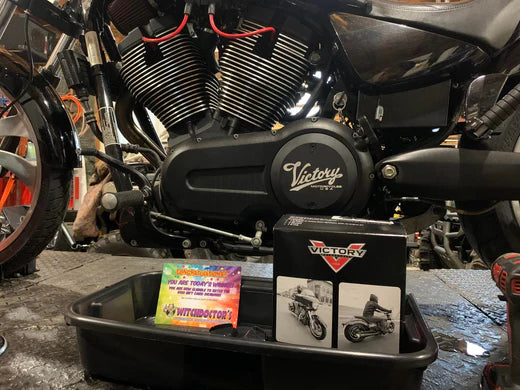
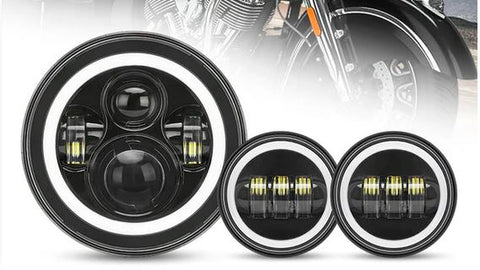

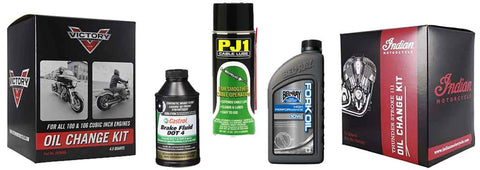







1 comment
Eric
Great info! I love these posts!